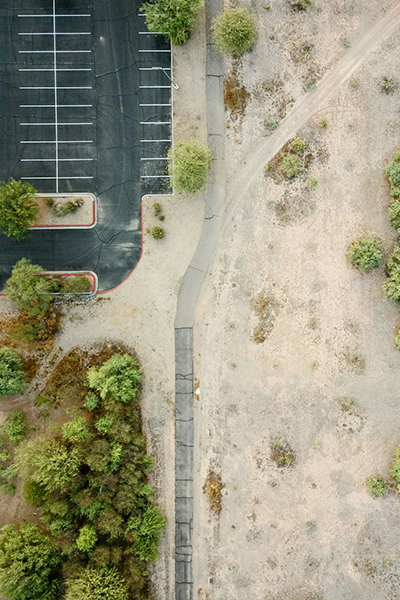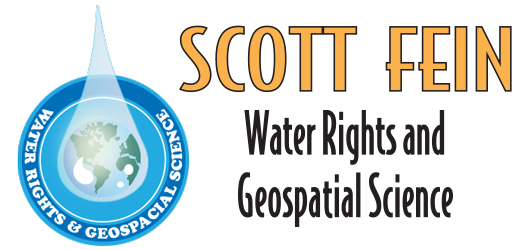Lot Line Adjustment
What is a Lot Line Adjustment (LLA)?
A lot line adjustment involves changing the boundaries of one or more parcels of land. LLAs can be used to reduce the number of parcels within a larger land area or to modify the size or shape of existing parcels. However, it’s important to note that LLAs cannot be used to increase the number of individual parcels of land; for instance, you cannot use an LLA to divide one property into three separate parcels.
The Process for Making a Lot Line Adjustment
-
Review Zoning Regulations:
The first step is to check the property’s city or county zoning regulations to determine the minimum lot size. For example, if a property is 2.25 acres and the minimum lot size is 2.0 acres, an LLA cannot remove more than 0.25 acres from the parcel. -
Assess Other Zoning Requirements:
It is essential to thoroughly review additional zoning requirements for the property. There may be setbacks required in the front and back yards that could impact your LLA. Many municipalities require a review by all relevant divisions that regulate aspects of your property to ensure compliance with local codes. An approval notice may be issued, indicating no building or property code issues, but this does not guarantee full approval. -
Coordinate with Local Agencies:
You will need to work closely with the planning department and title company to officially approve your application and record the changes in official documents reflecting the LLA. Once you receive a Certificate of Compliance, your LLA is complete, and the new parcel boundaries have been legally finalized.

The Process for Making a Lot Line Adjustment
-
Review Zoning Regulations:
The first step is to check the property’s city or county zoning regulations to determine the minimum lot size. For example, if a property is 2.25 acres and the minimum lot size is 2.0 acres, an LLA cannot remove more than 0.25 acres from the parcel. -
Assess Other Zoning Requirements:
It is essential to thoroughly review additional zoning requirements for the property. There may be setbacks required in the front and back yards that could impact your LLA. Many municipalities require a review by all relevant divisions that regulate aspects of your property to ensure compliance with local codes. An approval notice may be issued, indicating no building or property code issues, but this does not guarantee full approval. -
Coordinate with Local Agencies:
You will need to work closely with the planning department and title company to officially approve your application and record the changes in official documents reflecting the LLA. Once you receive a Certificate of Compliance, your LLA is complete, and the new parcel boundaries have been legally finalized.
Navigating Requirements and Processes
A qualified land use consultant can help identify the appropriate city or county agency to work with for your lot line adjustment application. For example, the city of Medford, Oregon, outlines its regulations for property line adjustments in Section 10.158 of their municipal code. The following requirements apply for properties within Medford:
- All properties must be lawfully created.
- No new lots or parcels of land will result from the adjustment.
- The adjustment will not create a unit of land that overlaps the city limit line, urban growth boundary, or zoning districts.
- The adjusted property configurations shall not create a substandard condition relative to applicable code standards.
Our Services
Our services include guiding you through the entire process, which may involve gathering documents such as a preliminary title report, illustrations of current and proposed parcel configurations, surveyor site plan reports, legal descriptions for each newly defined lot, tax lot verification statements, and other relevant paperwork.
Why Choose Us?

For assistance with lot line adjustments in Oregon, it is crucial to work with a qualified professional like Scott Fein, a licensed land surveyor with the expertise needed to navigate the complexities of local regulations and zoning laws. His team specializes in helping clients understand the legal processes involved in lot line adjustments and other changes to property boundaries.
If you’re interested in changing the boundaries of your property, contact Scott Fein today. With a focus on achieving your goals, his expertise in land use planning and surveying will ensure a smooth and efficient adjustment process.
Frequently Asked Questions (FAQs)
-
How long does a lot line adjustment typically take?
The duration can vary based on the complexity of the adjustment and the local approval processes. Generally, it can take several weeks to a few months to complete the entire process.
-
What documents are required for a lot line adjustment application?
Required documents typically include a preliminary title report, site plans illustrating current and proposed configurations, legal descriptions of the newly defined lots, tax lot verification statements, and any additional documentation as specified by local regulations.
-
Can I create new lots with a lot line adjustment?
No, a lot line adjustment cannot create new lots or parcels of land. It can only modify the boundaries of existing parcels.
-
What if my property does not meet the minimum lot size after the adjustment?
The adjusted property configurations must not create a substandard condition. Your consultant will help ensure compliance with local codes throughout the adjustment process.
-
Is a public hearing required for lot line adjustments?
Generally, a lot line adjustment is classified as a Type I land use decision, which typically does not require a public hearing. However, specific local regulations may vary.
If you have additional questions or need further assistance with your lot line adjustment, please reach out to us for expert guidance.
Contact Us Today
Scott Fein is a licensed Professional Land Surveyor (PLS) in Oregon and is registered with the Oregon State Board of Engineering Examiners and Land Surveyors.
